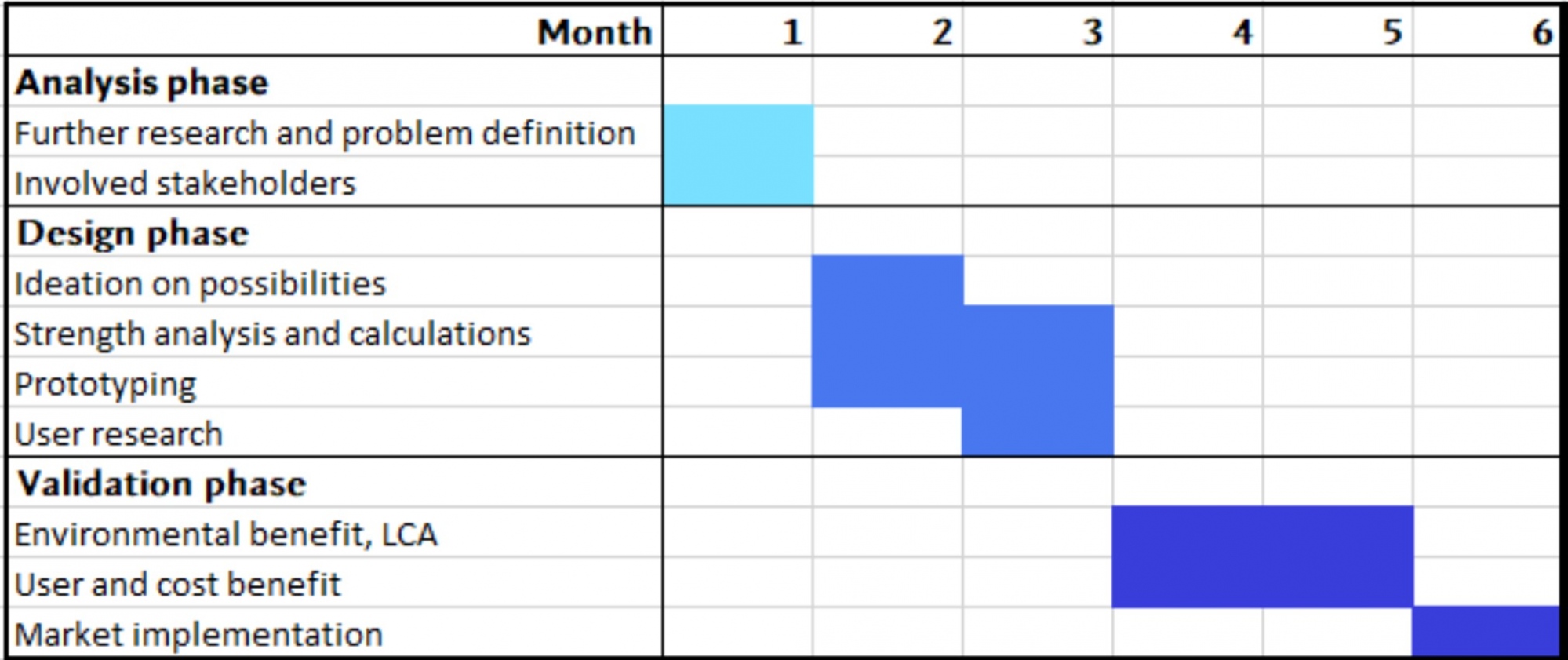News Items - International Association of Packaging Research Institutes
| IAPRI Announces the Student Exchange Scholarship 2022-23 Winner Established in 2012 the IAPRI Student Exchange Scholarship is sponsored at every World Conference by PepsiCo and it supports research undertaken by students from an IAPRI member organizations by enabling them to travel to another IAPRI member institute to further conduct their research work. It enables a person to undertake a research project at a different IAPRI member universities or research institute than the one they attend or where they work. IAPRI Student Research Exchange Scholarship Sponsored by
|


